The Xinjiang Development Research Center of the Chinese Academy of Social Sciences issued a report on population in the Xinjiang Uygur autonomous region last week refuting the rumors of forced sterilization and even genocide of the Uygur population in Xinjiang.
Statistics show that from 2010 to 2018, Xinjiang's population grew 13.99 percent, with the Han population increasing by 2 percent, and the population of other ethnic groups by 22.13 percent, among whom the Uygur population grew by 25.04 percent.
In fact, over the past 40 years, the Uygur population in Xinjiang has increased by 5.55 million to about 11.68 million.
Yet despite the detailed and accurate statistics in the report, these facts are likely to be ignored.
As the conditions of almost all developed economies indicate, the birthrate of the population usually drops after economic development reaches a certain level. Since people tend to marry later and have different ideas on bringing up children, and couples want to ensure their children can have a good education and better lives, people's desire to have children lessens.
That's why in some southern parts of Xinjiang where the people's income, education and livelihoods have all dramatically increased and improved over the past few years, people's ideas about marriage and children have undergone dramatic changes as locals tend to marry later and have fewer babies as a result of the fast-developing social and economic landscape.
It is ridiculous that some US politicians try to claim the lower birthrate in these regions is result of a forced sterilization campaign.
Xinjiang opened its doors to tourists again last week after the recent spate of novel coronavirus infections was effectively controlled. It welcomes visitors from around the world so that they can seek the truth from facts firsthand.












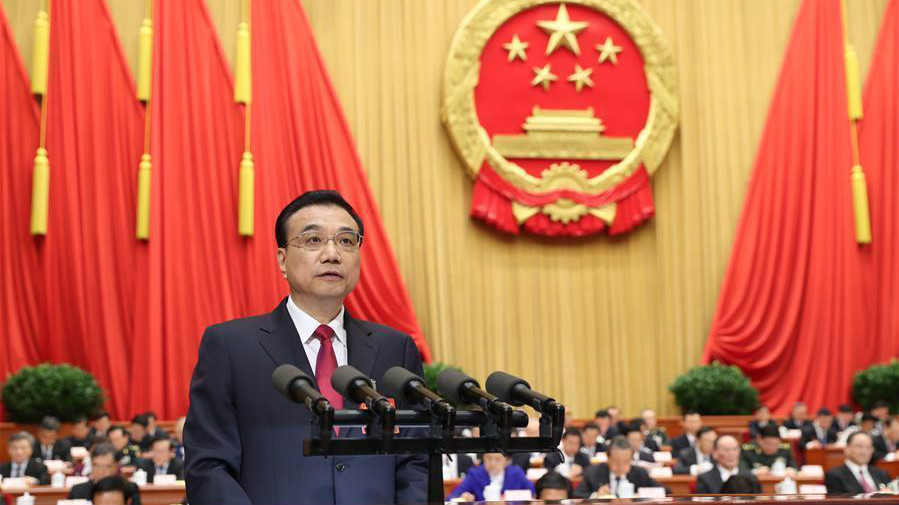

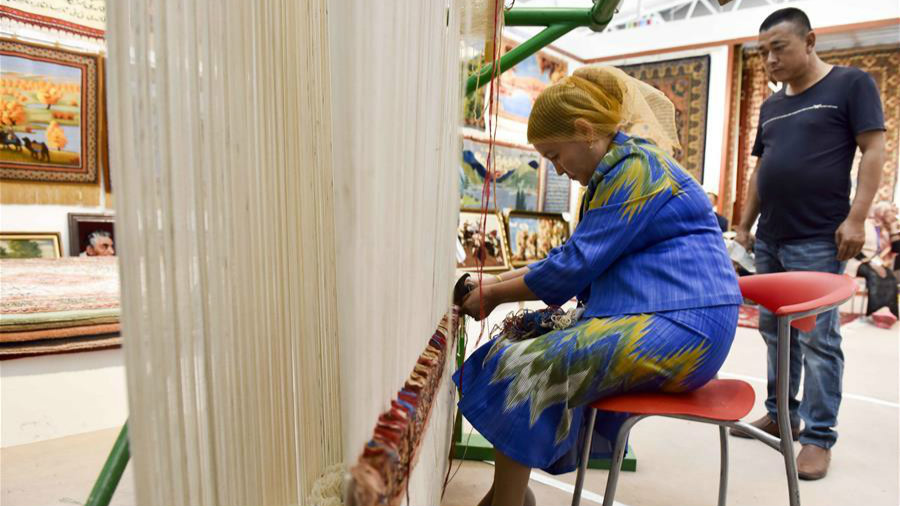
.jpg)
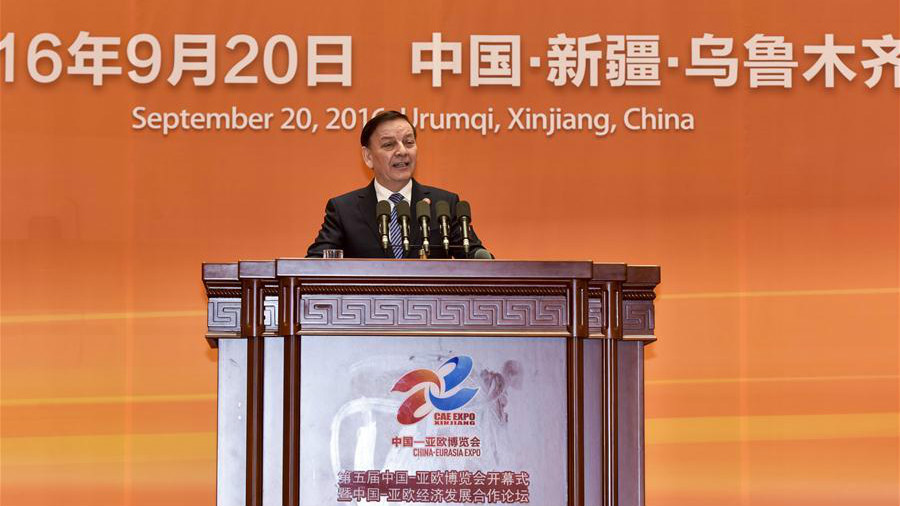


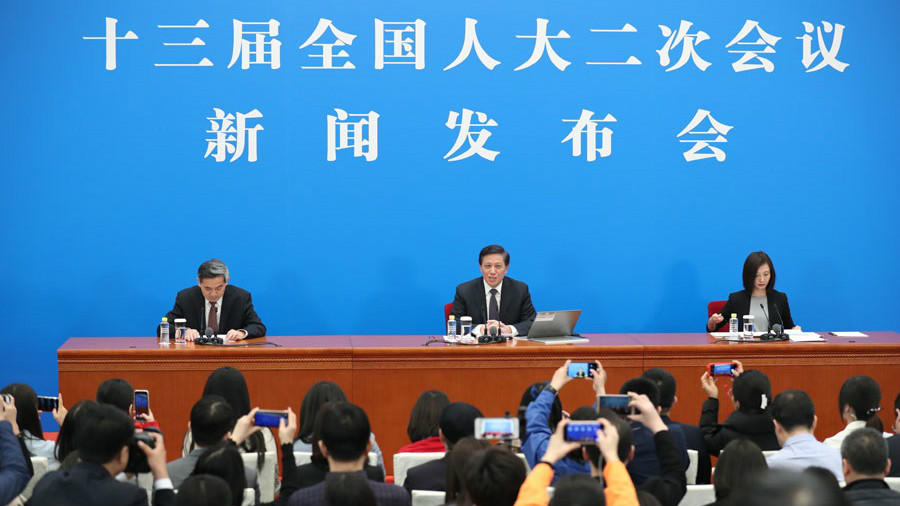


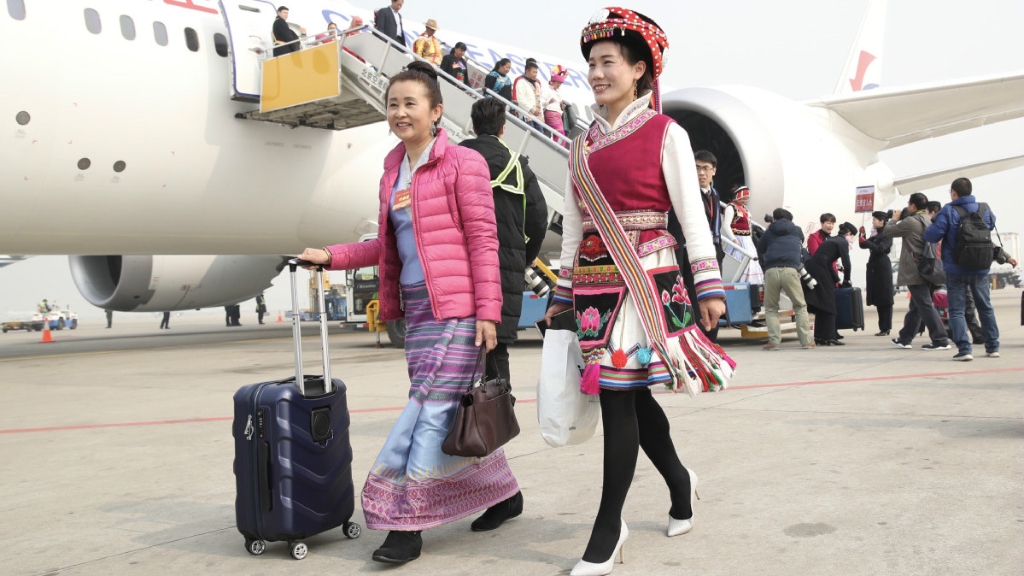


.jpg)


